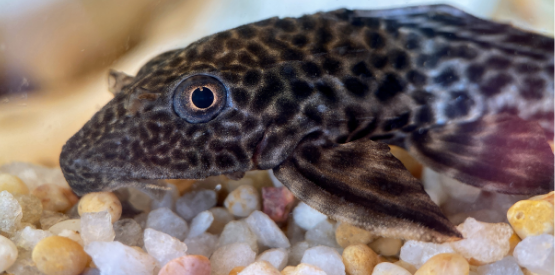
What fish is not bottom feeders?
Not all fish scavenge the ocean floor for their meals.
Jul 1, 2024 | by N Johansson

Identifying The Challenge Is your backyard bird feeder under constant siege by relentless squirrels and domineering birds that scare off your desired avian visitors? Countless enthusiasts share this plight, finding their thoughtful setup overrun by creatures they never intended to welcome. Safflower seeds attract a wonderful array of delightful bird species and have the added advantage of being unappealing to squirrels and bully birds. This guide unpacks which birds revel in safflower seeds and provides actionable steps to turn your backyard into their favorite hangout.
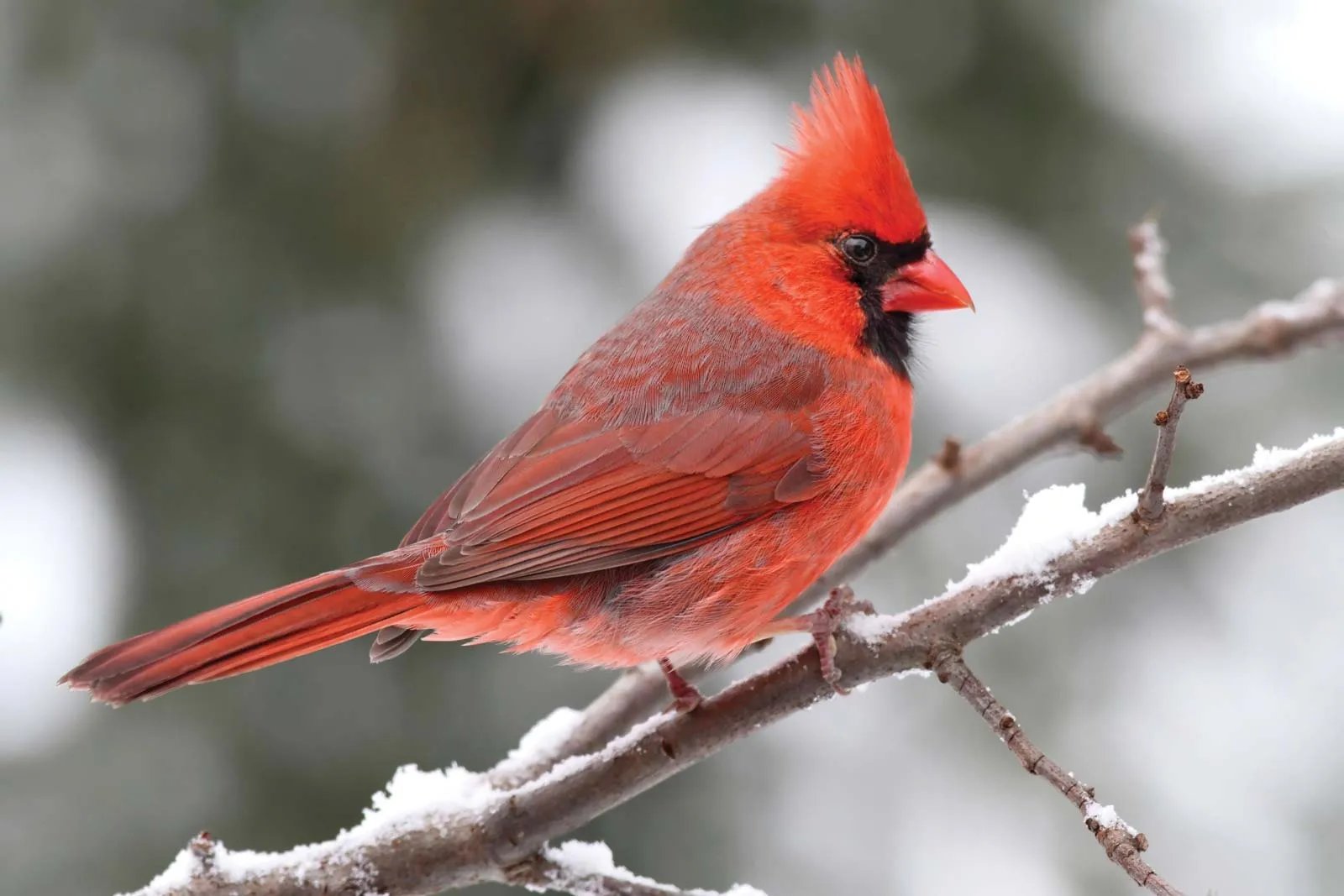
1. Northern Cardinals These bright red feathered friends are often the stars of backyard bird-watching. Male Northern Cardinals flaunt vibrant red plumage, while females display a subtler tan color with a hint of red. These beauties have robust beaks, ideal for cracking open safflower seeds.
Did You Know? Male Cardinals sing to attract mates and mark their territory, making your garden come alive with song.
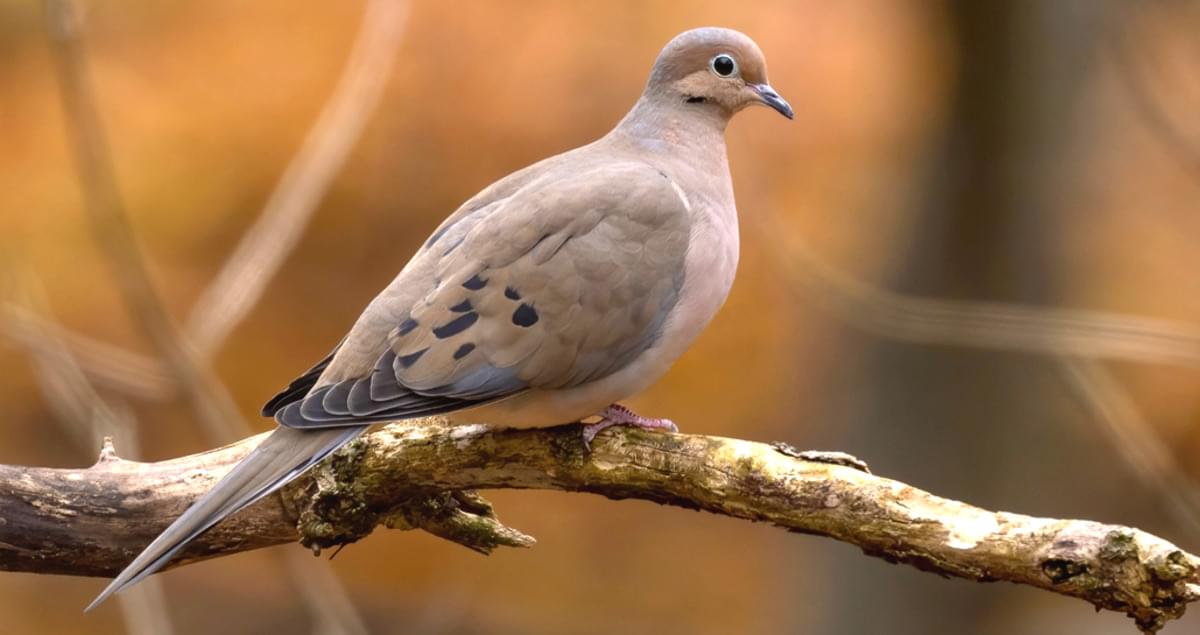
2. Mourning Doves Known for their gentle demeanor and soothing cooing, Mourning Doves are ground feeders that show a fondness for safflower seeds when offered in platform feeders.
Interesting Fact: They can consume and store in their crop up to 20% of their body weight in seeds, to digest later.
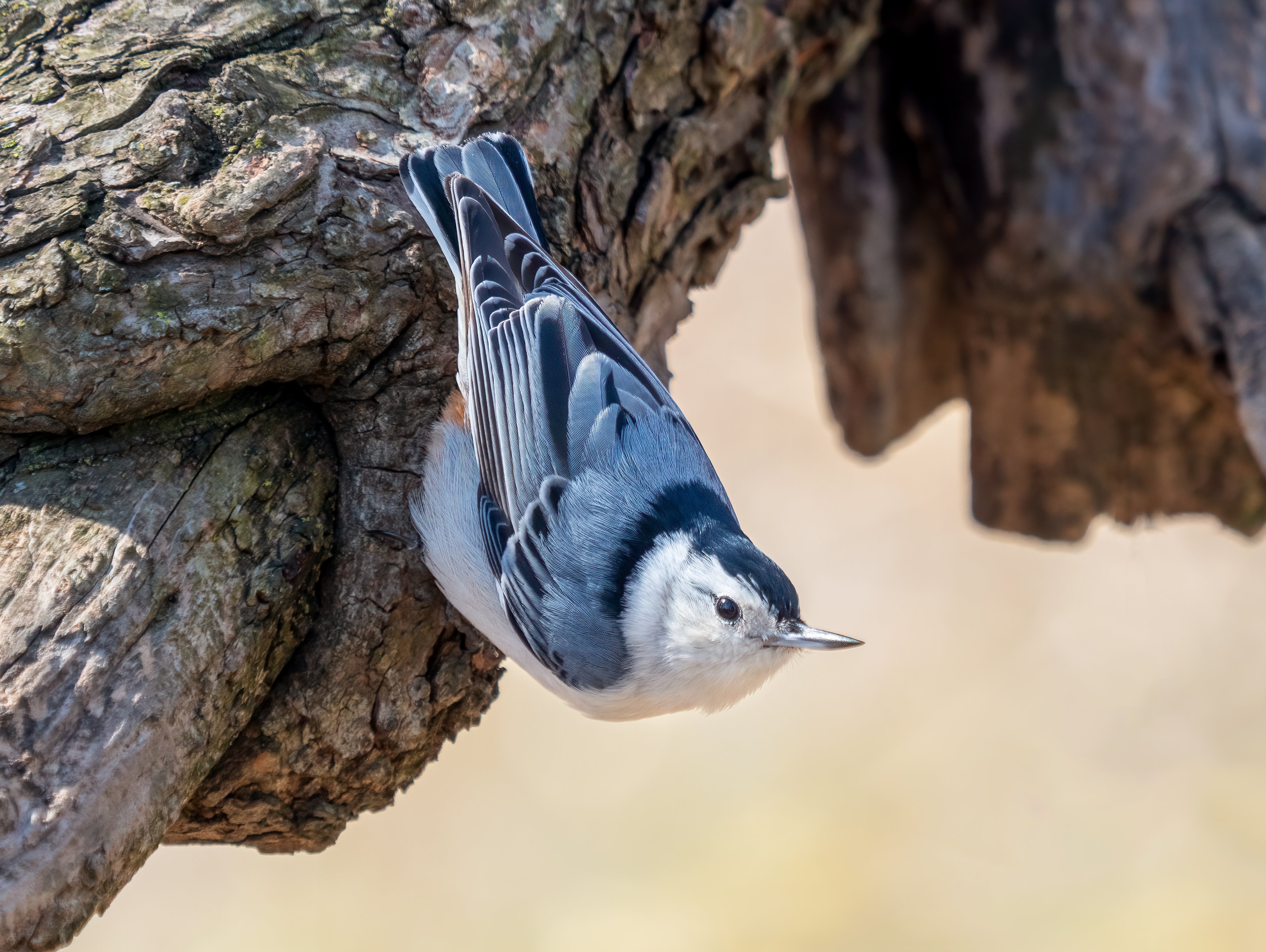
3. White-breasted Nuthatches These acrobatic birds love the rich taste of safflower seeds. You’ll often see them amusingly creeping headfirst down tree trunks.
Observation Insight: Offering safflower seeds in a tube or hopper feeder suits these agile foragers perfectly.

4. Black-capped Chickadees Black-capped Chickadees, with their distinctive heads and curious temperament, frequent backyards year-round. They often take a safflower seed to a secluded spot to enjoy in peace.
Charming Tidbit: These Chickadees can remember thousands of hiding spots where they stashed seeds.
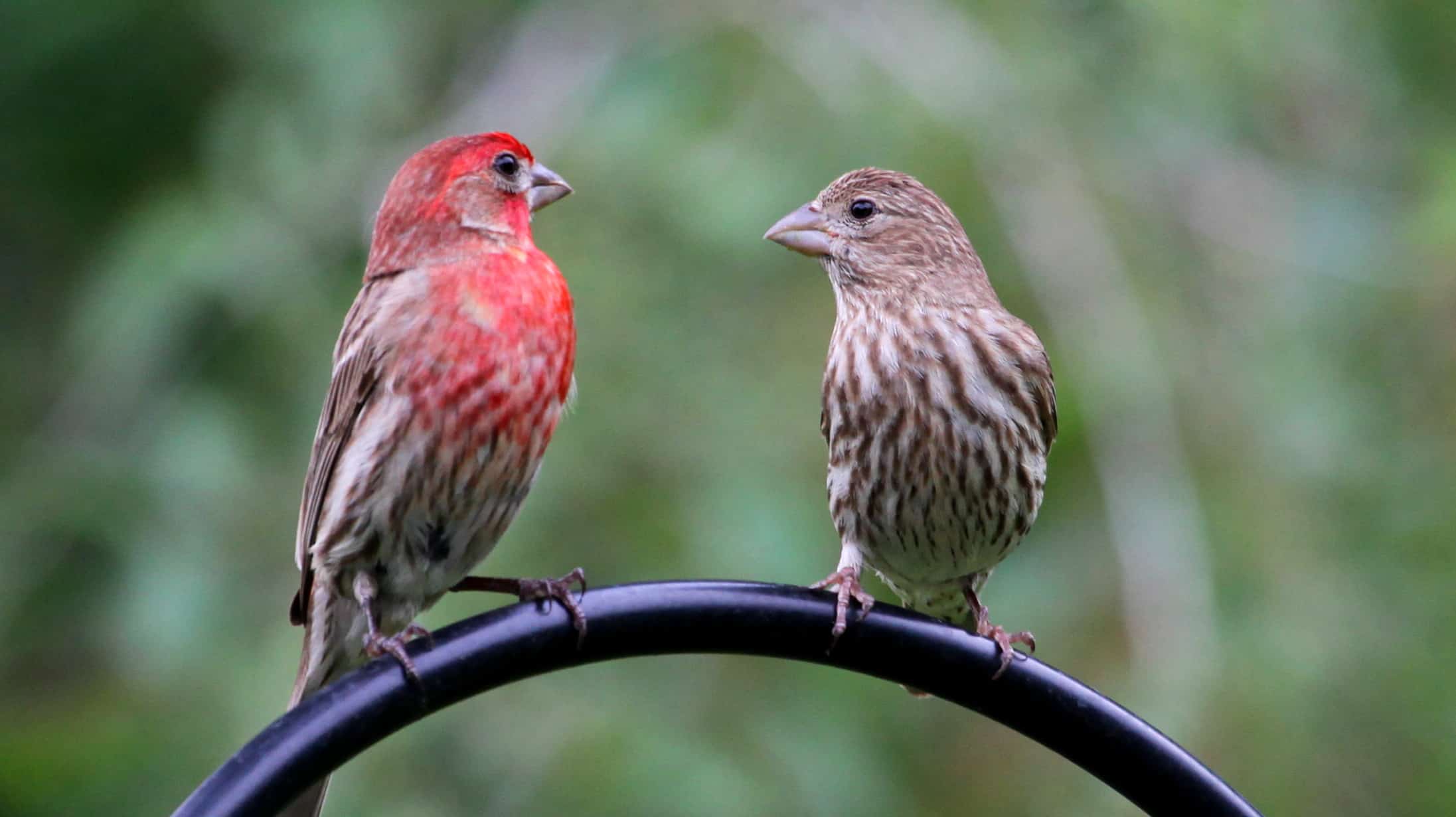
5. House Finches & Other Welcome Guests House Finches sing beautifully and sport attractive red streaks. They, along with occasional visitors like titmice and sparrows, also favor safflower seeds.
1. Selecting The Perfect Feeders
2. Prime Feeder Placement Place feeders near protective shrubs or trees to give birds a quick escape to safety. Avoid placing feeders in open areas where predators can easily spot birds. Having a water source nearby, like a birdbath, enhances the attractiveness.
3. Gradual Introduction of Safflower Seeds Start by mixing safflower seeds with your current seed mix to acquaint birds with this new food. Gradually increase the safflower seed ratio until it becomes a staple in your feeders.
4. Keeping Feeders Clean and Stocked Ensure feeders are clean to prevent mold and disease, and keep them filled, especially during seasons when natural food is scarce, like winter and early spring.
1. Combatting Squirrels Squirrels’ aversion to safflower seeds is one of its biggest advantages. In particularly stubborn cases, squirrel-proof feeders or baffles can provide an effective barrier.
2. Managing Bully Birds Use feeders with smaller perches or mesh to prevent larger, aggressive birds from monopolizing the food supply, leaving more room for the smaller, charming species you wish to attract.
1. Fresh Water Sources A consistent supply of fresh water in bird baths or waterers is vital. Fresh water attracts birds almost as much as food.
2. Providing Natural Shelter Plant native shrubs and trees to give birds natural places to hide and nest. Birdhouses designed for specific species can provide additional shelter.
3. Seasonal Adjustments Birds have different needs throughout the year. Offer high-energy foods in winter and plenty of water in summer to meet their seasonal requirements.

Not all fish scavenge the ocean floor for their meals.
Key Takeaways: Safflower seeds can attract a charming variety of birds—like Northern Cardinals and Mourning Doves—while keeping the unwanted squirrels and bully birds at bay. With the right feeders, perfect placement, and consistent care, your backyard can blossom into a vibrant bird sanctuary.